In a significant step to preserve one of the world’s most treasured archaeological sites, Italian official announced on November 8 a Pompeii tourism cap of 20,000 visitors per day in the ancient Italian city. The announcement comes from the Pompeii Archaeological Park, prompted by concern that the site’s record-breaking levels of daily tourists could cause deterioration of the ancient town, compromising one of the most well-known archaeological sites in the world.
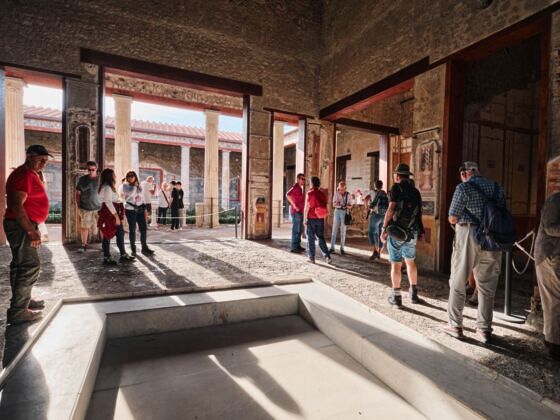

Italy Introduces a Tourist Limit to Save the Famous Town of Pompeii From Destruction
With daily entry fees ranging from 18 to 22 euros (about $20 to $24), tourism has traditionally supported Pompeii’s preservation efforts. Despite this, officials say tourism has reached unsustainable levels, noting that a single weekend day in 2024 attracted 36,000 visitors. “We are aiming for slow, sustainable, pleasant and non-mass tourism,” said Pompeii Archaeological Park Director Gabriel Zuchtriegel in the announcement, going on to describe the site as “full of cultural jewels to discover.”
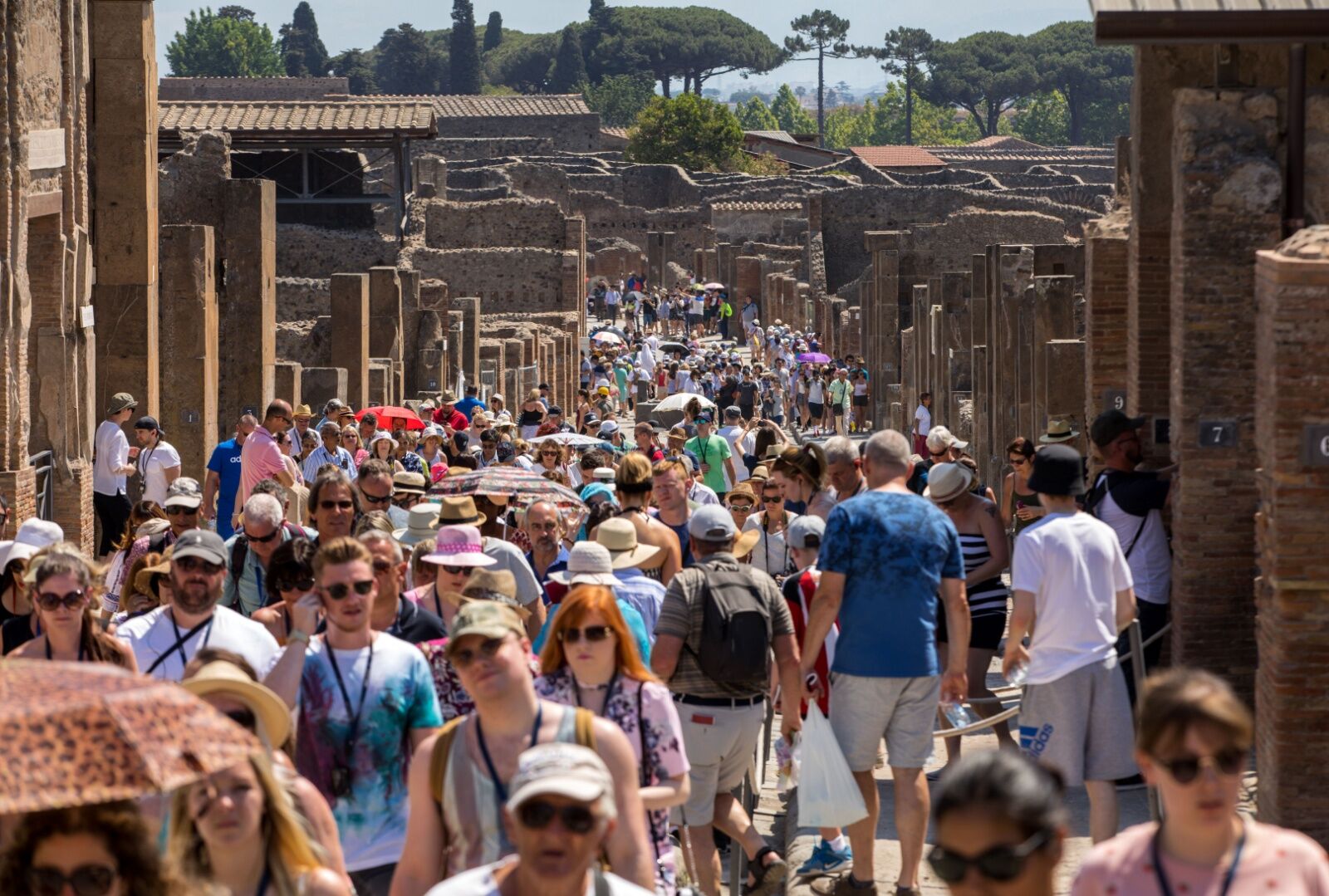
Crowds at Pompeii on a busy summer day. Photo: wjarek/Shutterstock
The most immediate effect of overtourism on historical sites like Pompeii is the physical degradation caused by constant foot traffic. Thousands of people traversing ancient pathways every day exerts a collective force that gradually erodes stonework and other architectural features. Even small micro-vibrations from foot traffic can, over time, cause cracks and weaknesses in ancient materials.
In addition to physical erosion, overtourism leads to increased damage from human interaction with artifacts, frescoes, and ancient walls, especially when tourists unknowingly lean against walls or accidentally touch ancient art. Human contact introduces oils, sweat, and residue that can stain and wear down surfaces. And in a small amount of cases, irresponsible and law-breaking tourists have disregarded warnings in attempts to take photos, crossing barriers meant to protect vulnerable areas containing frescos or active research sites. Graffiti is also an ongoing problem in popular tourist sites ranging from Pompeii to American national parks, causing permanent damage to irreplaceable cultural heritage sites.
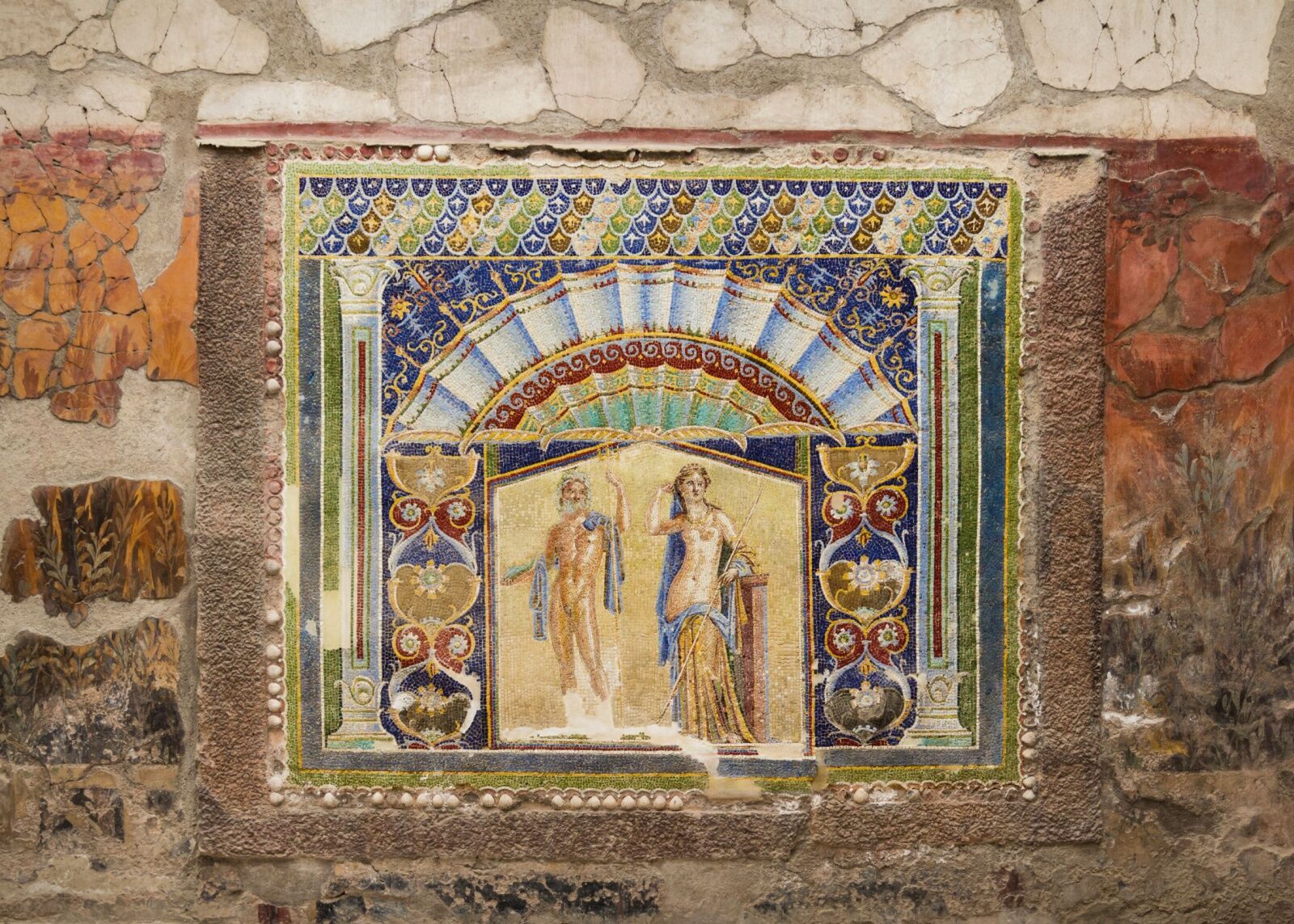
Many of Pompeii’s fresco art and tiled mosaics are exceptionally well preserved — and exceptionally vulnerable to damage. Photo: Avril Morgan/Shutterstock
Indirect effects of overtourism are also an ongoing concern, including trash, food waste, and air pollution from vehicle emissions. Aside from the impact to the visitor experience caused by seeing litter on a site like Pompeii, pollutants can settle on stone surfaces, accelerating erosion and discoloration. Even drops of sweat with sunscreen in them — something you need to wear during the summer in southern Italy — can leave chemical residue on ancient stones and tiles.
Though preserving the 163-acre historical site is the primary concern, the safety of the city’s visitors is also at risk when tourist numbers swell. Zuchtriegel noted in the announcement that Pompeii’s proximity to an active fault line can pose a threat to visitors, especially when it’s quite crowded, making it difficult to access the site or provide help in case of emergency. With the next Catholic Jubilee year — a critically important religious celebration held every 25 years and centered at the Vatican in Rome — happening in 2025, millions of additional visitors are likely to descend on Pompeii and other famous attractions in the coming year.
What’s at risk at Pompeii?
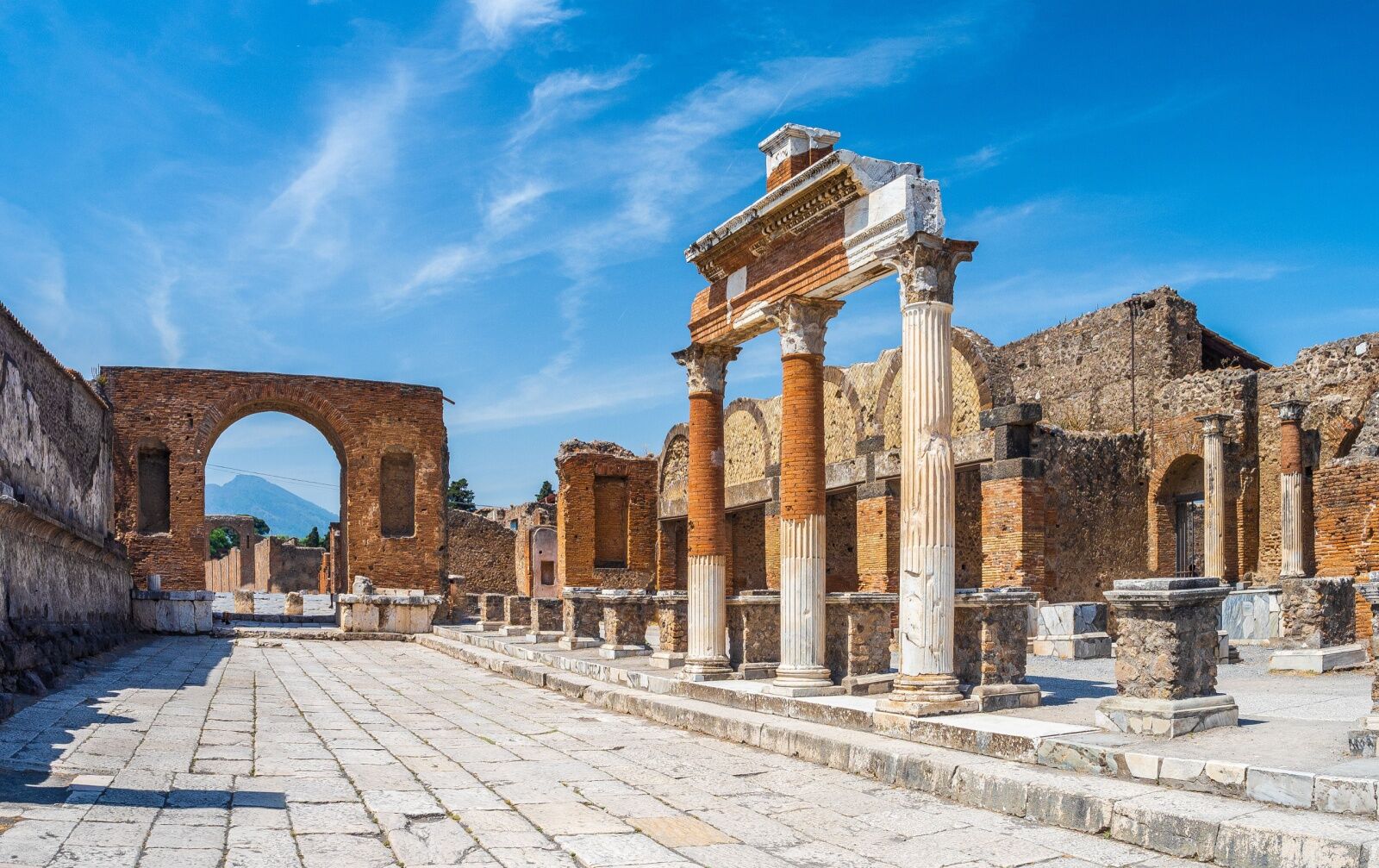
The Foro de Pompeya, or Forum of Pompeii. Photo: Balate.Dorin/Shutterstock
Sitting very literally in the shadow of Mount Vesuvius, Pompeii was a bustling Roman city until it met a tragic and sudden end in 79 CE. The eruption of Vesuvius buried Pompeii under a thick layer of ash, preserving homes, temples, shops, and even people, creating an archaeological snapshot of what life was like in Rome during the first century. Excavations of the site began in 1788, sparking a global interest in archaeology and ancient Rome.
Among the most notable structures in the ancient city is the Forum, which served as the political, commercial, and religious heart of Pompeii. The Villa of the Mysteries is renowned for its Dionysiac frescoes, depicting scenes related to mysterious rituals associated with Dionysus, the god of wine and pleasure. The House of the Faun, a large and luxurious residence named for its bronze statue of a dancing faun, is also a must-see. It’s where the famous “Alexander Floor Mosaic” was found, depicting a battle of Alexander the Great, now housed in the National Archaeological Museum in Naples.
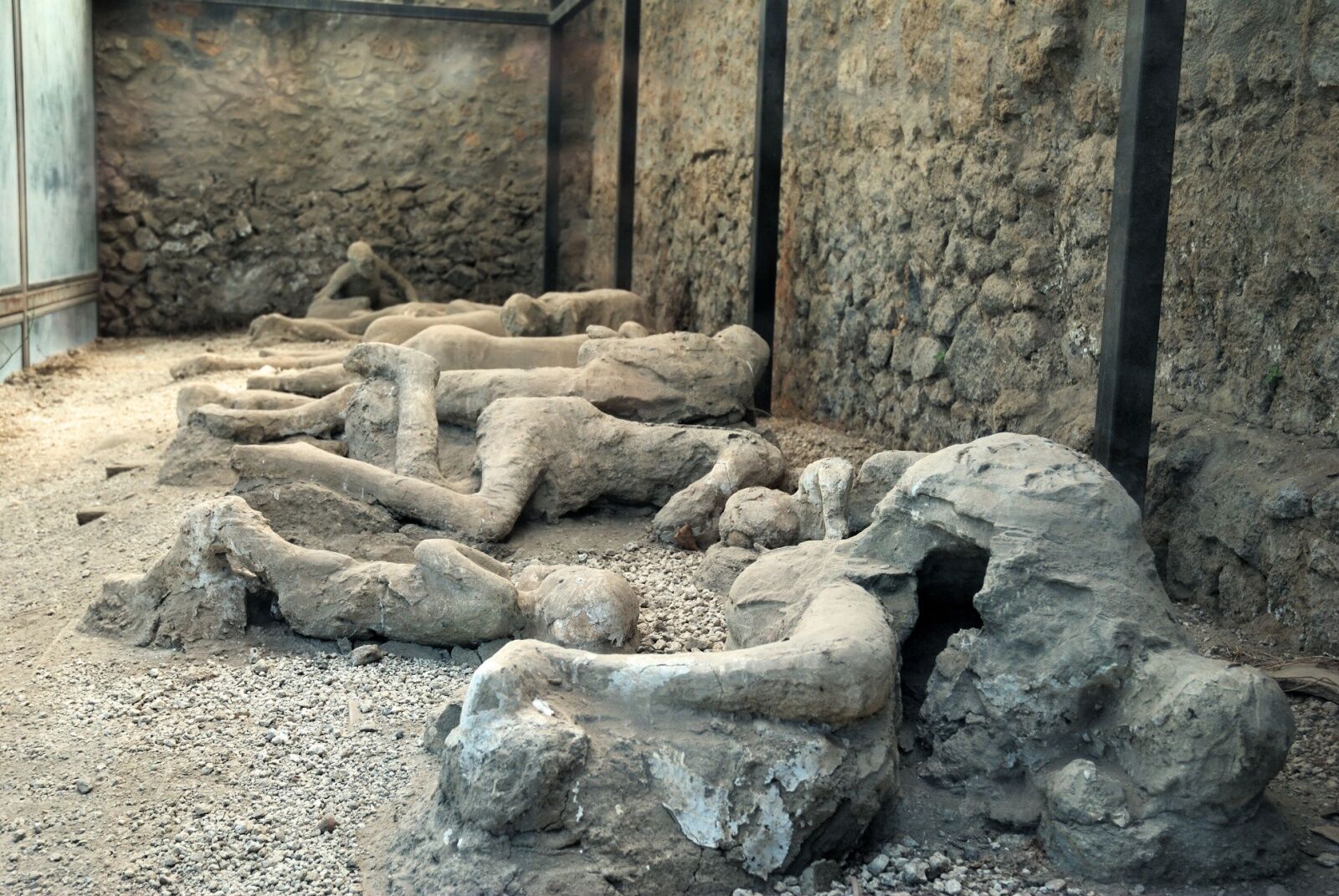
Photo: balounm/Shutterstock
But perhaps the most unique remains at Pompeii are those at the “Garden of the Fugitives:” victims who attempted to flee the eruption, preserved in their final moments. Now, the site holds plaster casts showing the bodies as they were found, down to the eerie expressions on their faces. Though the human tragedy has long been one of the most notable aspects of the famous explosion, our current-day understanding of what exactly happened in 79 CE is still in the early stages, showing why preserving every detail of the site is important. As recently as late 2024, scientist announced that many of the scenarios long thought to be true based on the placement of bodies are actually completely incorrect. Earlier in 2024, archaeologists announced they’d found a new structure underground in Pompeii, decorated with some of the most expensive materials available at the time.
How the new Pompeii reservation system will work
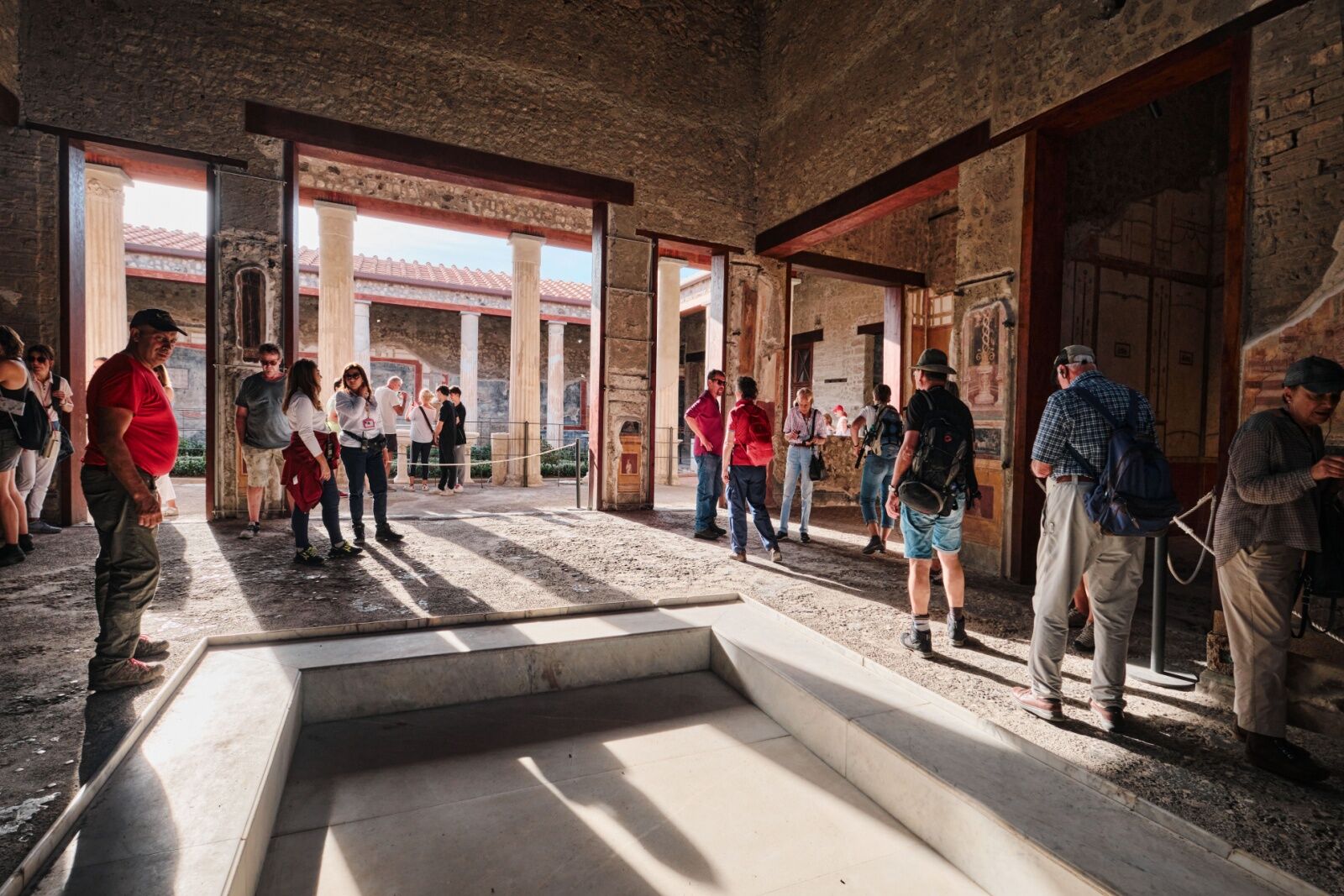
Tourists at the Villa dei Misteri, or Villa of the Mysteries. Photo: BERK OZDEMIR/Shutterstock
Under this new system, guests will likely want to buy their tickets in advance online, though walk-up tickets will be available if the daily cap hasn’t been met. Tickets will continue to be available on the official Pompeii Archaeological Park website. In summer, Pompeii’s busiest season, visits will be limited to half-day windows, with 15,000 entries available from 9 AM to 12 PM, and 5,000 available from 12 PM to 5:30 PM. Individual guest names will also need to be on every ticket in an effort to eliminate ticket scalping and tour overbooking. The park also announced an expanded shuttle service that will be complimentary for ticket holders, connecting Pompeii to nearby archaeological sites like Stabia, and the Pompeii “suburb” of Oplontis.